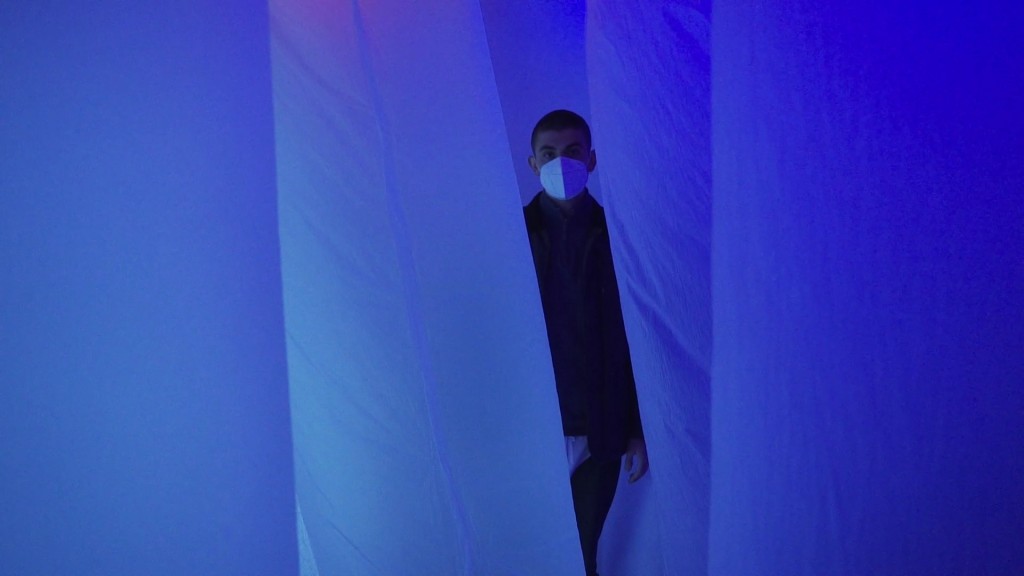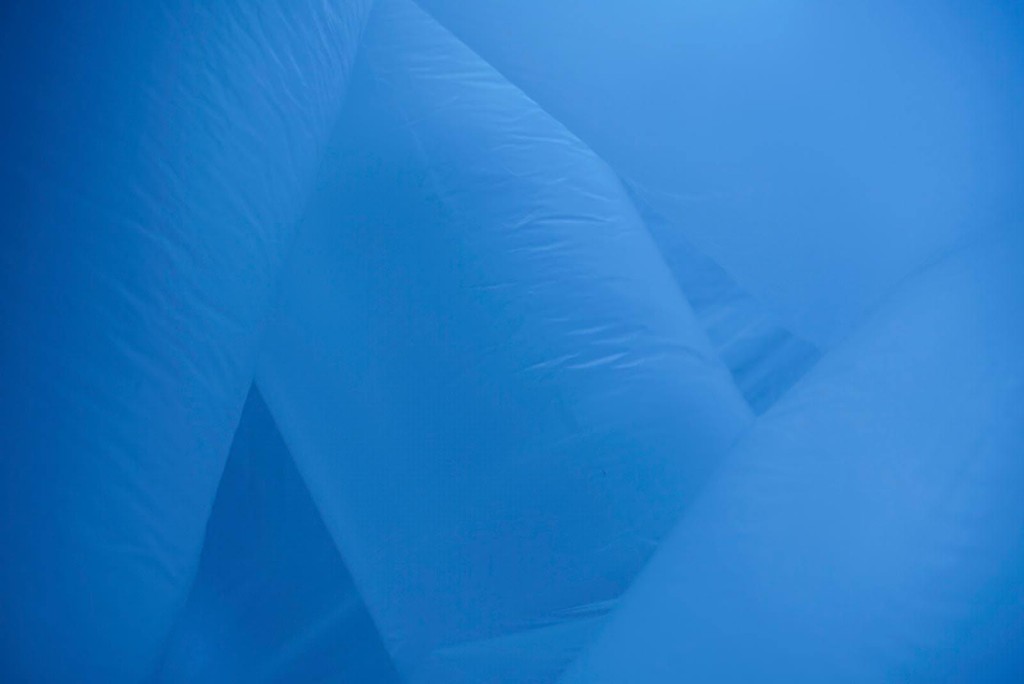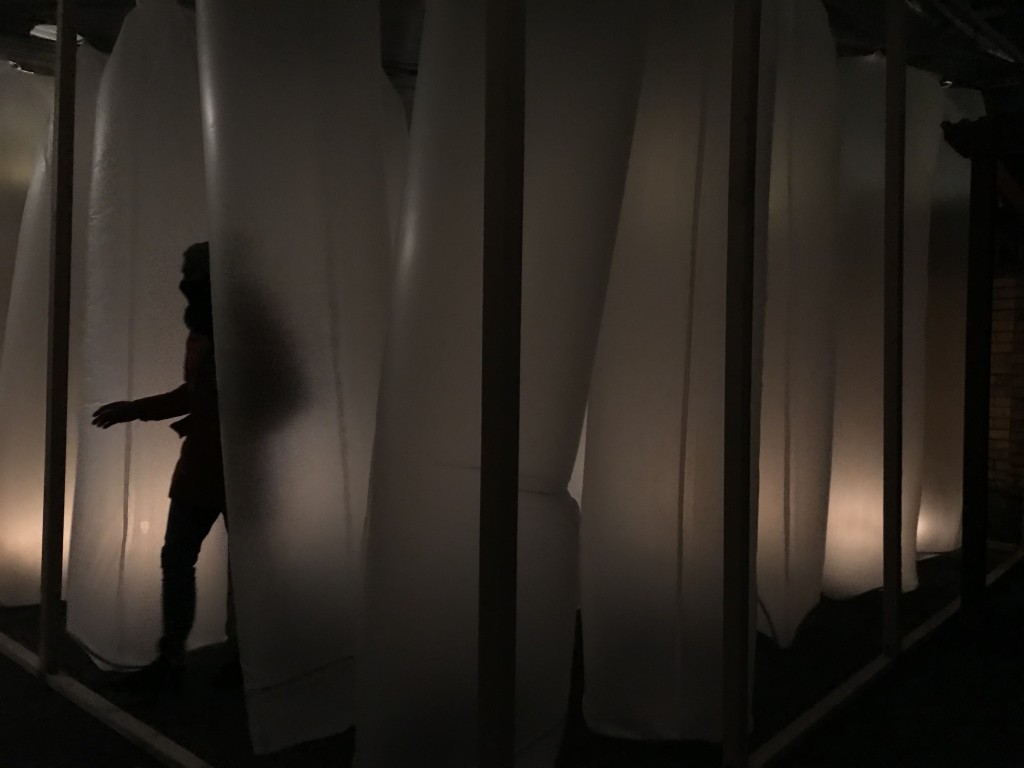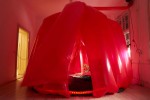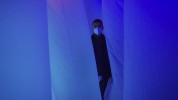Dis/Order
Dis / Order works with duality: chaotic, mobile structures, confronted with other archaic, fixed, apparently immovable structures. The artistic series consists of two antagonistic installations, Orden as a Metaphor, and Structures In Chaos
Through the passage through the two systems Structures in Chaos and Order as Metaphor, the spectator is forced to act. He cannot remain a mere spectator. They must confront the question that the work throws at them: What do you want for yourself? What space do you need to move through? Is it better to modify the proposal? Is it better to adapt to reality? In this way, an alteration is generated in
the person’s state of mind and, inevitably, a modification of the physical state of the piece because, as the spectator moves through, the work is modified and enters an entropic state of uncertainty. The person, in the installation, must live with this chaos: modify it or accept the degree of disorder created by his presence, with that of the rest of the users. Whether he wants to or not, the spectator responds with his body to the great question: How much uncertainty are you capable of handling?
“Order as a Metaphor” consists of a rectangular black prism, from which hang 25 white inflatable cylinders, three meters high and 60 cm in diameter, held only by their upper part.
The passage distance between cylinders is 40 cm, which avoids comfortable transit and challenges the public in their way of relating to the work, either adapting to the restrictions or modifying them, for example, by pushing the cylinders. It is in
this process of traveling, in the experience of walking, where the individual discovers his individual and collective reality through play.
These playful structures will transcend the playing field and herald new forms of peaceful disobedience and a return of the imagination. A form of mutiny by the Homo Ludens
"Structures in Chaos", its an installation that works with the concept of ludic as space.
The inflatables, questioned the standard tenets of building: these were structures with no fixed form and could not be described in the usual architectural representations they instead promoted a type of architecture that moved away from a reliance on expert knowledge.
The installation it’s an interactive piece, in constant fluctuation, due to the movement of the people. It requires the attendance to change their role, from outsider spectators to agents that recolocate the inflatables due to the disturbing situation trying to get through. Every Time a person will go through them, the position of the structures will be different, and perception will disrupt as well.
